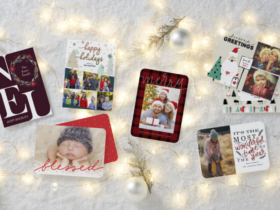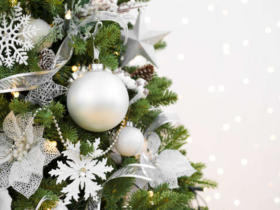Halloween, with its iconic imagery of pumpkins, ghosts, and ghouls, is a beloved holiday celebrated around the world. Yet, have you ever wondered about the intriguing history that lies behind this spine-tingling celebration? Join Gift 29 as we embark on a historical journey to unveil the enigmatic History of Halloween, exploring the deep-rooted traditions that have transformed this ancient festival into the modern-day extravaganza we know today.
Contents
- 1 The Ancient Beginnings
- 2 Samhain: A Festival of the Dead
- 3 Roman Influence and All Saints’ Day
- 4 Medieval Halloween: Trick or Treat and All Souls’ Day
- 5 The Irish Connection: Jack-o’-Lanterns
- 6 History of Halloween in America: A Melting Pot of Traditions
- 7 Commercialization and Modern Halloween
- 8 The Global Phenomenon
- 9 Conclusion: The Ongoing Evolution of Halloween
The Ancient Beginnings
Understanding the History of Halloween necessitates a journey back to its ancient roots, firmly entwined with Celtic and Druidic customs. Halloween, as we recognize it today, has its foundations in the Celtic festival of Samhain, pronounced “sow-in.” Observed at the conclusion of the harvest season on the eve of November 1st, Samhain symbolized the onset of the darker half of the year, characterized by a belief in the blurred boundary between the realms of the living and the departed.
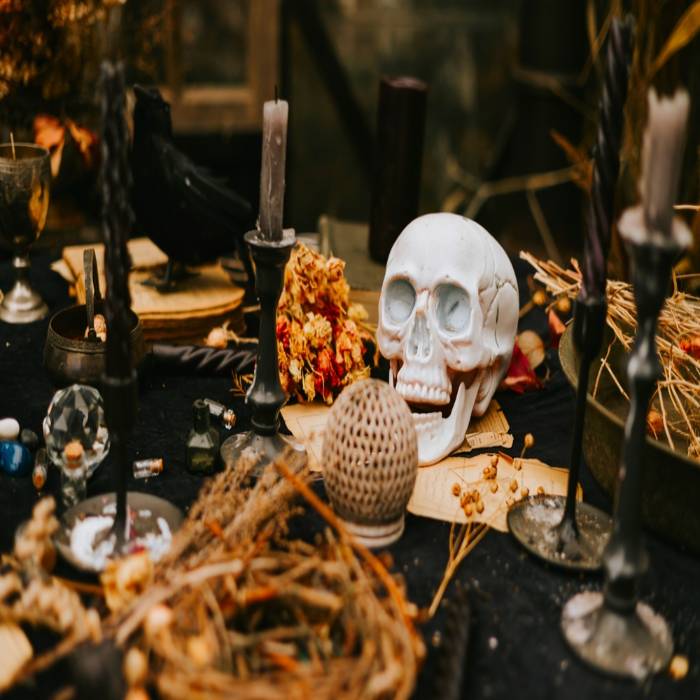
This ancient celebration had profound spiritual significance for the Celts, a time when they believed that the spirits of both benevolent and malevolent entities traversed the earthly realm. In response, the Celts would ignite bonfires and don costumes, often fashioned from animal heads and skins, to ward off these spirits. This early tradition of donning costumes and masks for protection is one of the earliest glimpses into the Halloween customs that have endured through time.
Samhain: A Festival of the Dead
For the Celts, Samhain was a time of profound spiritual significance. It was believed that the souls of the deceased, both good and malevolent, roamed the earth during this period. The Celts would light bonfires and wear costumes, typically made from animal heads and skins, to ward off these spirits. This tradition of wearing costumes and masks as a form of protection is one of the earliest glimpses into the Halloween customs we practice today.
Roman Influence and All Saints’ Day
In the first century AD, the Roman Empire conquered most of the Celtic territory. As a result, the Romans’ own festivals, such as Feralia (a day to honor the dead) and Pomona (a celebration of the Roman goddess of fruit and trees), started to meld with the Celtic traditions of Samhain, shaping the intricate tapestry of the History of Halloween.
The fusion of these Roman customs with Celtic Samhain rituals paved the way for the eventual emergence of All Saints’ Day, also known as All Hallows’ Day, on November 1st. The evening before, October 31st, became known as All Hallows’ Eve, and eventually, Halloween. This shift allowed the holiday to be incorporated into the Christian calendar.
Medieval Halloween: Trick or Treat and All Souls’ Day
In Halloween’s past, the passage of time brought about its evolution in medieval Europe, giving rise to customs such as “souling” and “guising.” “Souling” involved the less fortunate visiting households, offering prayers for the deceased in exchange for “soul cakes.” This practice laid the groundwork for what would eventually evolve into the modern tradition of “trick or treating.”
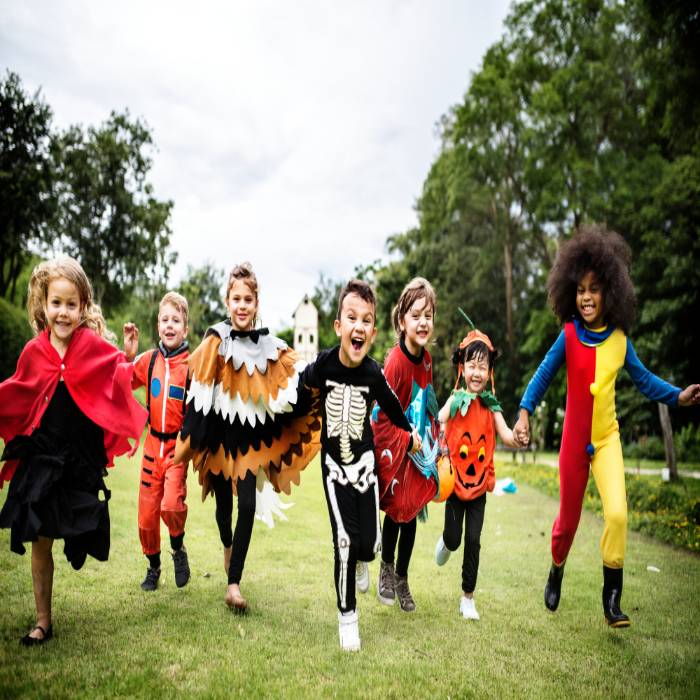
Furthermore, the night preceding All Hallows’ Day, also known as All Souls’ Day, featured parades and gatherings where participants dressed as saints, angels, and demons. This early tradition foreshadowed the costume-wearing aspect that would become an integral part of Halloween’s rich history.
The Irish Connection: Jack-o’-Lanterns
The iconic Halloween symbol, the Jack-o’-Lantern, has its roots in an Irish folk tale about a man named Stingy Jack. Legend has it that Jack, a notorious trickster, outwitted the Devil on multiple occasions. Upon his death, he was denied entrance to both heaven and hell and was doomed to wander the earth with only a carved turnip lantern to light his way.
When Irish immigrants brought this tale to America, they discovered that pumpkins, readily available and easy to carve, made perfect substitutes for turnips. Thus, the tradition of carving Jack-o’-Lanterns, deeply entwined with the History of Halloween, was born.
History of Halloween in America: A Melting Pot of Traditions
The Origins of Halloween witnessed a remarkable transformation when it reached the United States. The nation’s diverse tapestry of cultures and traditions played a pivotal role in shaping the modern celebration. By the 19th century, Halloween had evolved into a community-centered holiday, with an emphasis on gatherings, parties, and parades. This era marked a time for festive activities, including apple bobbing and fortune-telling, which still echo the ancient divination games of Samhain.
Commercialization and Modern Halloween
The 20th century witnessed a surge in commercialization, with the holiday evolving into a multi-billion-dollar industry closely tied to the History of Halloween. Costume parties, haunted houses, and elaborate decorations became the norm. Halloween’s focus shifted from ancient traditions to a more light-hearted and commercialized celebration.
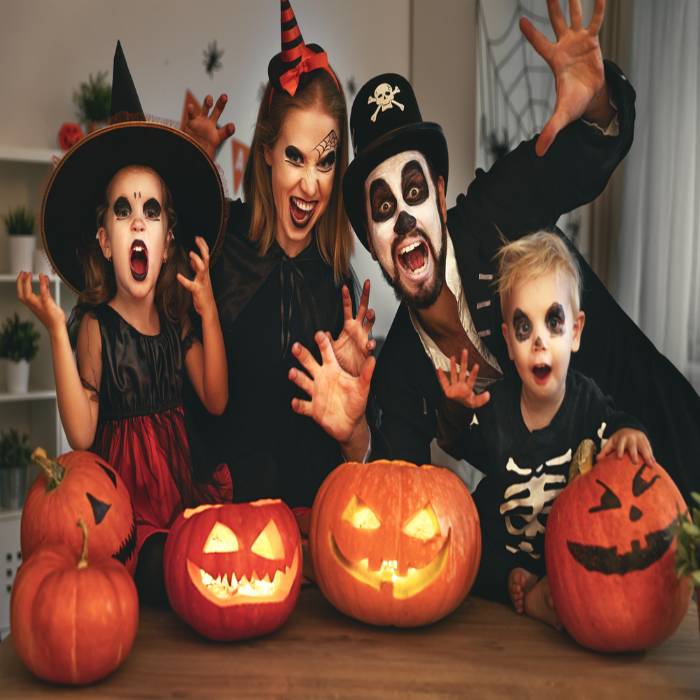
Today, Halloween is celebrated with a blend of old and new customs, combining the mystical traditions of Samhain with the exuberant revelry of contemporary society. It has become a holiday where individuals of all ages can come together to enjoy spooky decoration ideas, delicious treats, and the playful thrill of dressing up in Halloween costume ideas. The modern Halloween landscape, deeply influenced by its historical roots, continues to captivate and unite people in a celebration that bridges the gap between ancient traditions and the vibrant spirit of the present.
The Global Phenomenon
As the United States popularized Halloween, it began to spread to other parts of the world, carrying with it a rich tapestry of customs and practices. In many countries, Halloween is celebrated with a unique blend of local traditions and the more globally recognized aspects of the holiday, such as Halloween costumes and trick-or-treating.
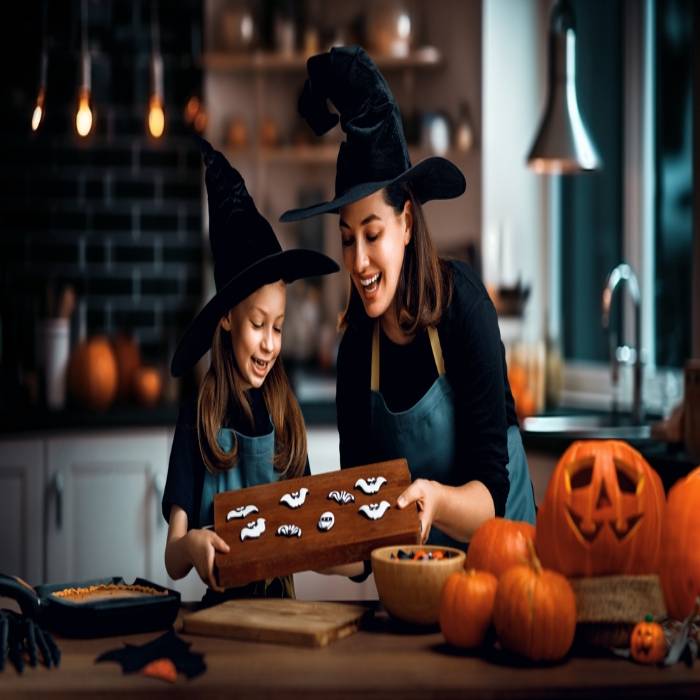
Conclusion: The Ongoing Evolution of Halloween
History of Halloween is a fascinating journey through time, merging ancient Celtic beliefs with Roman customs and Christian traditions. Over the centuries, it has grown into a globally recognized holiday that is a delightful mix of ancient and modern customs. Whether you’re carving a Jack-o’-Lantern, donning a spooky costume, or handing out treats to trick-or-treaters, you’re participating in a celebration with a rich and enigmatic history. So, the next time you enjoy a Halloween tradition, remember the ancient origins that continue to make this holiday a bewitching and beloved part of our cultural tapestry.


